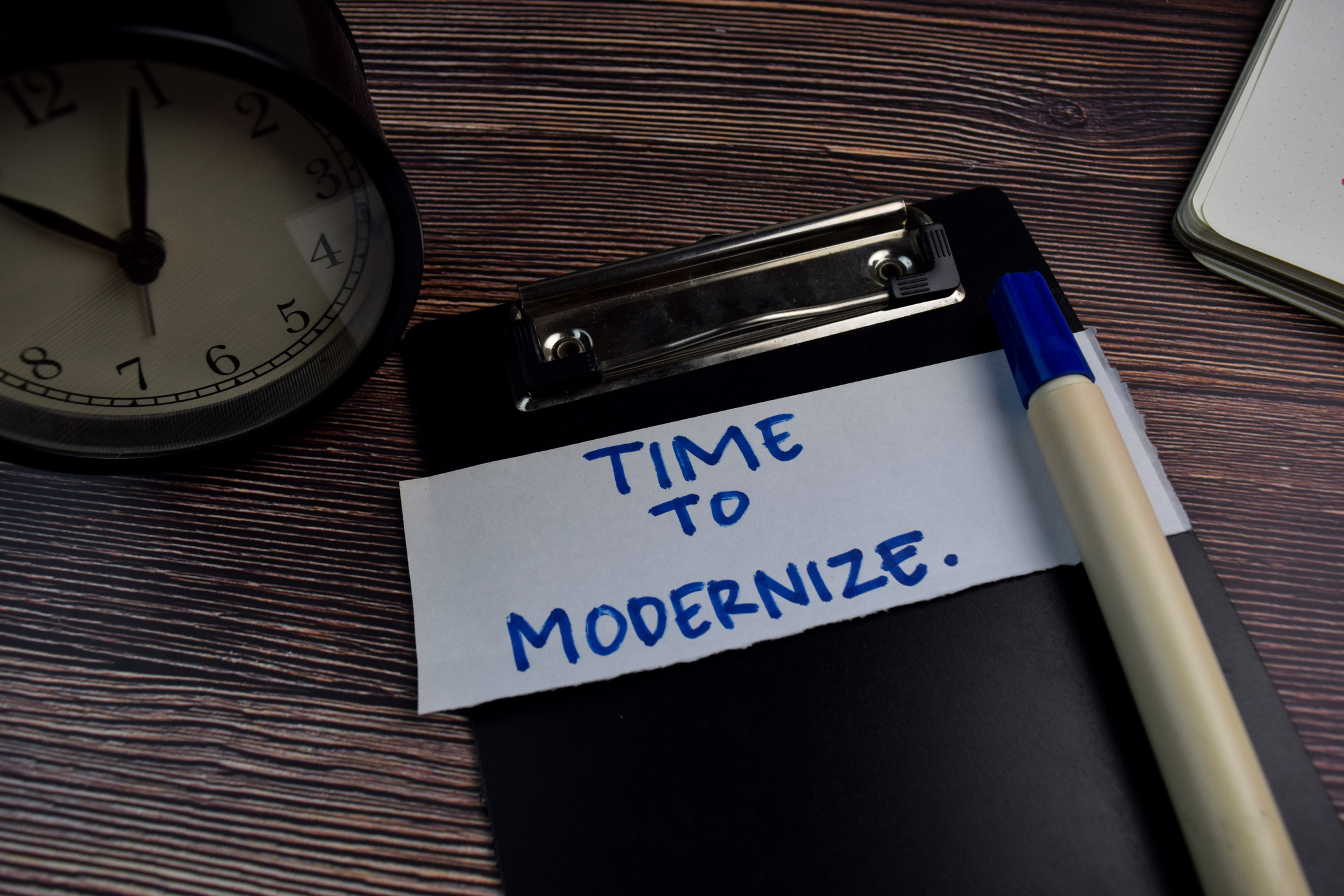Get a step ahead of your competitors by creating an unbeatable customer...
-
Software Services
Software Services
- Workflow and Design Strategy Consulting
- Application Design & Development
- Application Modernization
- Application Integrations
- Custom Portals & Websites
- Data Management & Migration
- Enterprise Resource Planning
- Custom Sales Platforms
- Microsoft Access Migrations
- Cloud Migrations
- Custom Support Services
- eLearning Solutions
Recent Blog
 5 Benefits Of A Self-Service Portalread more
5 Benefits Of A Self-Service Portalread more -
Field Services
Field Services
Recent Blogs
 5 Benefits Of A Self-Service Portalread more
5 Benefits Of A Self-Service Portalread moreGet a step ahead of your competitors by creating an unbeatable customer...
-
Financial Services
Financial Services
Recent Blog
 5 Benefits Of A Self-Service Portalread more
5 Benefits Of A Self-Service Portalread moreGet a step ahead of your competitors by creating an unbeatable customer...
- Technologies
- Case Studies
-
About
Recent Blog
 5 Benefits Of A Self-Service Portalread more
5 Benefits Of A Self-Service Portalread moreGet a step ahead of your competitors by creating an unbeatable customer...
- Let's Connect
-
Software Services
- Workflow and Design Strategy Consulting
- Application Design & Development
- Application Modernization
- Application Integrations
- Custom Portals & Websites
- Data Management & Migration
- Enterprise Resource Planning
- Custom Sales Platforms
- Microsoft Access Migrations
- Cloud Migrations
- Custom Support Services
- eLearning Solutions
- Field Services
- Financial Services
- Technologies
- Case Studies
- About
- Let's Connect
-
Software Services
Software Services
- Workflow and Design Strategy Consulting
- Application Design & Development
- Application Modernization
- Application Integrations
- Custom Portals & Websites
- Data Management & Migration
- Enterprise Resource Planning
- Custom Sales Platforms
- Microsoft Access Migrations
- Cloud Migrations
- Custom Support Services
- eLearning Solutions
Recent Blog
 5 Benefits Of A Self-Service Portalread more
5 Benefits Of A Self-Service Portalread moreGet a step ahead of your competitors by creating an unbeatable customer...
-
Field Services
Field Services
Recent Blogs
 5 Benefits Of A Self-Service Portalread more
5 Benefits Of A Self-Service Portalread moreGet a step ahead of your competitors by creating an unbeatable customer...
-
Financial Services
Financial Services
Recent Blog
 5 Benefits Of A Self-Service Portalread more
5 Benefits Of A Self-Service Portalread moreGet a step ahead of your competitors by creating an unbeatable customer...
- Technologies
- Case Studies
-
About
Recent Blog
 5 Benefits Of A Self-Service Portalread more
5 Benefits Of A Self-Service Portalread moreGet a step ahead of your competitors by creating an unbeatable customer...
- Let's Connect
-
Software Services
- Workflow and Design Strategy Consulting
- Application Design & Development
- Application Modernization
- Application Integrations
- Custom Portals & Websites
- Data Management & Migration
- Enterprise Resource Planning
- Custom Sales Platforms
- Microsoft Access Migrations
- Cloud Migrations
- Custom Support Services
- eLearning Solutions
- Field Services
- Financial Services
- Technologies
- Case Studies
- About
- Let's Connect
Modernize Your Legacy Software Systems

Trying to run a successful, efficient business on legacy software can feel like going bear hunting with a stick. Your software should enable business performance and empower your team, your vendors, and your customers to contribute to your business’s success. If you’re noticing time and money spent on old software and hearing complaints from its users, it may be time to modernize your legacy software systems.
What Is Legacy Software?
Legacy software is an application that is outdated and has been replaced by more current technology. Developers and manufacturers often stop supporting legacy software with updates and technical support. A great example is a Windows computer still running on Windows 7. In that case, Windows 7 is considered “legacy software.”
Other examples of entities using legacy systems include governments, banks, manufacturers, and small businesses.
Reasons To Modernize Legacy Software
There are several reasons to modernize your software, including the following:
- Competition: Running legacy software may limit your company’s ability to stay ahead of the competition.
- Performance: Business owners focus on key performance indicators. Legacy software can get in the way of business performance.
- Security: Legacy software can open holes in your security defenses, leaving your customers and intellectual property vulnerable to cybersecurity attacks.
- Growth: Legacy software is often extremely limited in its capacity and scalability.
- Integration: As companies grow, they need to integrate different pieces of software into one cohesive system. Outdated software may not have the technical capabilities to do so.
- Mobile access: Most legacy applications do not allow for mobile access, making it hard to get things done unless you are in the office.
You may notice time and money spent on support and software improvements. You may notice your users (employees, vendors, customers, etc.) complaining about their experience with the software.
So, what do you do if your old software is getting in the way of your business goals? You have some options when it comes to modernizing your software.
How Do You Modernize A Legacy System?
Gartner has come up with a 3-step process to modernize your software that includes their seven options for modernization.
Step 1: Evaluate your legacy software. Is your software enabling business growth or impeding it? Identify opportunities for software modernization.
Step 2: Evaluate modernization strategies. Our software migration strategies include Rehosting, Replatforming, Repurchasing, Refactoring, Retiring, and Replacing. Your options will depend on several factors, including user input, budget, and existing technology around your business.
Step 3: Choose the best option. While budget plays a significant part in your decision, be sure to evaluate the total cost of this decision over the next 3-5 years.
Take That First Step Towards Modernization
The first step is evaluating the software your business is running on today. You may end up surprised at how many pieces of software you currently operate and how it is affecting your team. We can help identify key areas for business improvement by modernizing key components of your legacy software.
Start the evaluation today with a short conversation. Schedule time on our Calendly calendar.
- By DHx SoftwareYou may also like

Trying to run a successful, efficient business on legacy software can feel like going bear hunting with a stick. Your software should enable business performance and empower your team, your vendors,...
